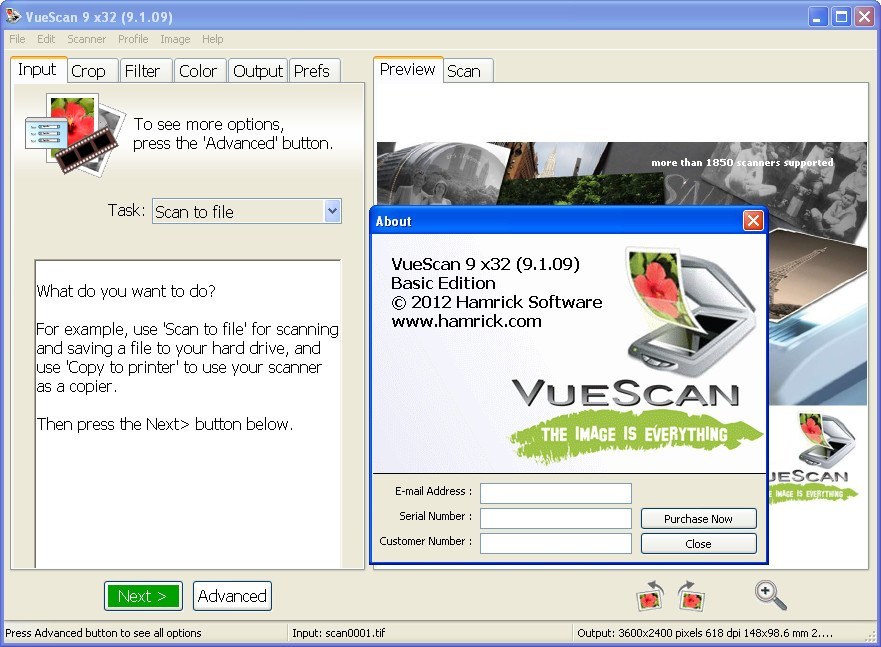
Save the resulting PDF to a specific folderĪnd if the paper jams, I can fix the jam and pick up right where I left off.OCR the text to make a searchable document.Pick the right resolution and color options.Handle pages of varying size and shape in the same batch.Finally, a developer was thinking like a customer instead of a scanner! The combination of a simple user interface, intelligent defaults, seamless integration with external apps, and automation of the entire workflow created a user experience that was hard to beat.įor example, I simply use the contextual menu from ScanSnap Manager’s Dock icon to choose Medical Documents, insert my insurance documentation, press the blue button on the ScanSnap S1300, and ScanSnap Manager will: ScanSnap’s simple and accessible profile menu But the real secret sauce of ScanSnap was the accompanying software that was centered around what you were trying to do rather than making you constantly fiddle with scanning parameters. These predominantly “sheet feeder” devices saved desk space and reduced the amount of paper swapping required. Interfaces like this one from Epson-and others even less friendly-were common.įujitsu attempted to address these challenges with its line of ScanSnap scanners. The luxury of being able to pursue a paperless office softened the burden of having to configure numerous technical parameters to make a single scan. Some 20 years ago, personal desktop scanning was available only to those with the time and money necessary to use large, flatbed devices connected via SCSI. A traditional scanning software interface, with many technical parameters to configure For details, see “ Surprise! Fujitsu Releases 64-Bit ScanSnap Manager for Older Scanners” (27 July 2020), or just keep reading for a review of VueScan.





 0 kommentar(er)
0 kommentar(er)
